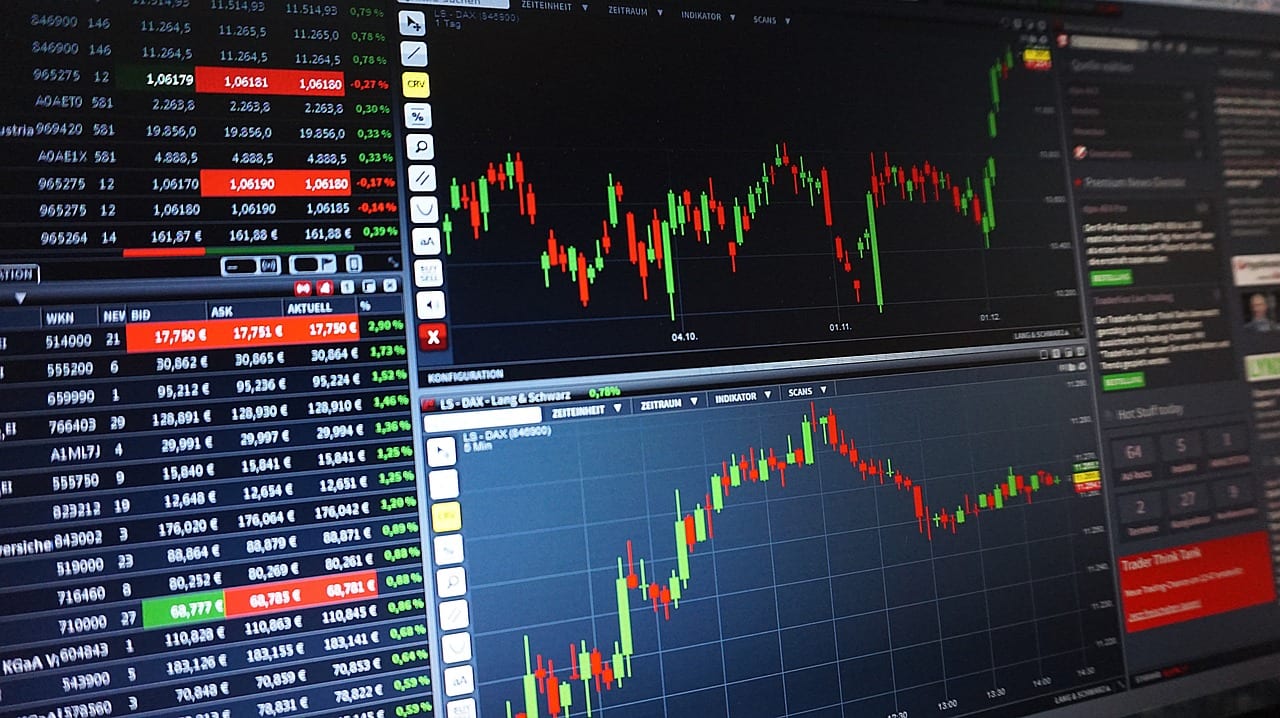
The Deposit Guarantee Fund (FGD) is a savings exchange that financial institutions have to cover the losses of depositors in case of insolvency of any entity. But they do not apply to all financial products, far from it. It is not available for investment in equities through all its products: purchase and sale of shares on the stock market, investment funds, warrants or any other of this nature. Another very different thing is with regard to the models coming from the fixed income. Where the situations are not as homogeneous as expected by savers.
Well, in this class of products intended for savings, only in the term deposits and savings account, the Deposit Guarantee Funds are enabled. In cases where the bankruptcy or disappearance of the depository entity occurs, that is, of the bank where the savings are deposited. This is a protection measure that has been in force since 2011 with the aim of preserving clients from the possibility that this unpleasant situation for their personal interests could develop.
However, there are some limitations to its application. Because in effect, it has a maximum limit of up to 100.000 euros by holder and deposit or checking account. So that in this way, if the bankruptcy or disappearance of a bank or financial institution occurs, you can recover the savings up to the established limits. As a consequence of this measure of protecciónIt is highly advisable that you do not subscribe a term tax or savings account for amounts greater than 100.000 euros. Because all the amounts that exceed this figure you will lose without some of the scenarios set forth above.
Guarantee on savings
Depositors, in this way, have before them a very effective mechanism so that they do not lose their savings, as was the case until 2010. Where you could. lose all the money savings through time deposits or high-income accounts. In addition, the limit of 100.000 euros is quite beneficial for savers because these economic contributions are rarely exceeded. Not surprisingly, it is a savings bag that is not available to small and medium investors. If not only within the reach of a privileged few. With the highest purchasing power available to family income.
On the other hand, a product very similar to deposits such as bank promissory notes You are exempt from this protection measure. That is, if the bank where you have contracted the financial product fails, of course you can lose all the saved savings. The amount for which you have subscribed this savings model does not matter. Therefore, it is one of the serious drawbacks of this product. In this sense, it is more advisable to opt for term deposits. Among other reasons because you will have the money much safer, at least up to the 100.000 euros already mentioned.
They do not apply to equities

On the contrary, the Deposit Guarantee Fund does not apply to any of the variable income derivative products. Not only in direct investment in the stock market, but in all of them. To the point that they are also including all investment funds, including those of fixed or monetary income. Without exclusion of any kind and that makes you more exposed to this kind of risk in your checking account balance. It is a factor that you will have to get used to from now on. To avoid unwanted situations for you, because it can cost you much more money than you initially think.
On the other hand, the Deposit Guarantee Funds are not applied to derivatives, futures or investments in other financial assets. In any case, and with regard to the purchase and sale of shares on the stock market, you should bear in mind some considerations about the losses that you may obtain if a listed company goes bankrupt or stops trading on the equity markets. Because its effects will be much more lethal as far as your checking account balance is concerned. Among other reasons because you will lose all financial contributions developed in investments. Through a process that will be analyzed so that you can contemplate it from these precise moments.
Suspension of listing on the stock market

Companies that are listed on equities and go into bankruptcy are quickly suspended from trading by the company. National Stock Market Commission (CNMV). This corporate fact has two fundamental effects on your positions. In a way that is a temporary situation and they resume their valuation in the financial markets a few months after having produced this situation so feared by small and medium investors. Well, in this case only that it will remain as a solution that this long-awaited moment arrives. Because as long as this does not happen, your investment will be worth nothing, that is to say zero.
Your shares will go back to trading when the ban is suspended by the regulatory bodies. But predictably under a significant discount in their prices. So it will take you a long time to get the purchase price, if it is achieved at the end of the day. This is what has happened recently with some securities of the Spanish continuous market, such as with sniace. Where its shares returned to trading after several years in a situation of non-activity. Where you cannot sell your shares, except in a very specific case like the one that we are going to expose you next.
Go to secondary markets
The only possibility you have to recover liquidity is by going to the secondary market. This is where you can sell open positions on the stock market. But low a cost more low than the one marked on your last quote. In addition, it will not be sure that you can formalize the sale due to the great shortage of applicants. Not in vain, at this time the valuation of your investment will be null. Anyway, it is the only option not to lose all your invested money. If not, on the contrary, it will be only a part, although very important on the amount of the operation.
Other of the main drawbacks of this movement is that even though your shares are not listed on the financial markets, your bank will charge you a fee. maintenance commission every year. With an expense not excessively high, but that will represent a serious problem for your particular interests. With an outlay that ranges between 5 and 20 euros every year, depending on the capital invested. With little chance of getting out of this complicated process that you are facing right now. Do not forget it from now on because it can happen to you if a listed bankruptcy or enters a bankruptcy.
Temporary suspension in the listing
On the contrary, if this very special scenario occurs, you will have a minimal possibility of recovering part of your money. For this, you will have no choice but to wait a time that can be delayed for excessive years without you being able to dispose of your shares in the affected listed companies. A process that will intensify as your financial contributions become more demanding. To the point that it can generate more than one problem that will cost you a lot of effort to get out of it. It is something that you should not forget if you are going to invest in the financial markets,
In any case, those who have gone through this process of suspension of listing are not exceptional cases. Around six or seven values have gone through this trance that has undoubtedly ruined hundreds and hundreds of small and medium investors. From now on you will know what can happen to you if the company where you invest the money is involved in these corporate events of special importance for all investors in general.
Companies suspended on the stock market

In this sense, one of the last cases was that of the Gowex technology that left the shareholders without the savings, which at that time were many. Due to the popularity of the company it kept going up and up in the equity markets. Until reaching levels that drew the attention of the financial agents in charge of monitoring the development of its price. With the end result that we all already know, unfortunately for the investors who were trapped in their actions. Not surprisingly, they lost their savings in a definitive way.
Other cases known to all have been those of Martinsa Fadesa, Renta Corporativa, Sniace and in a certain Pescanova. All a warning for navigators about the risks that investing in companies that are not recommended for investors can generate. Beyond what happened more recently to Banco Popular investors after its absorption by Santander. And that has been so far the most serious case in Spanish equities. Where there were a good number of retail investors.